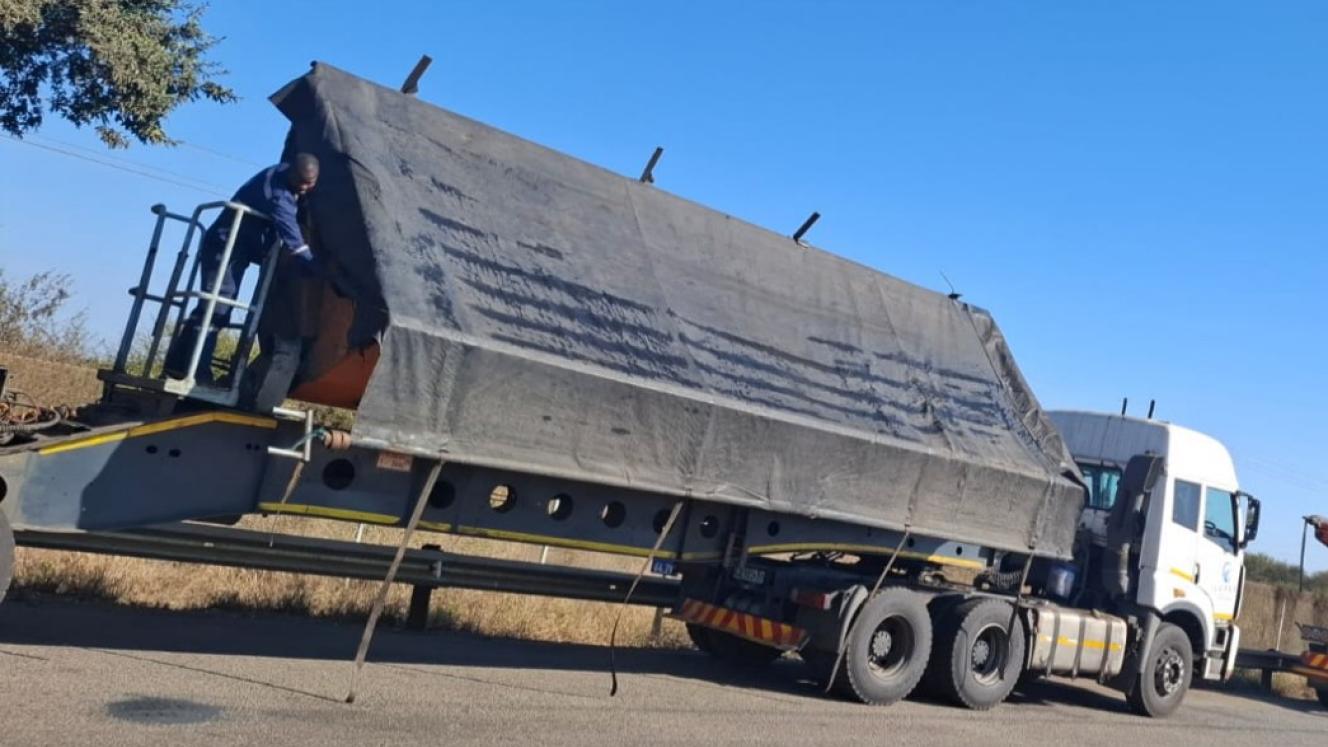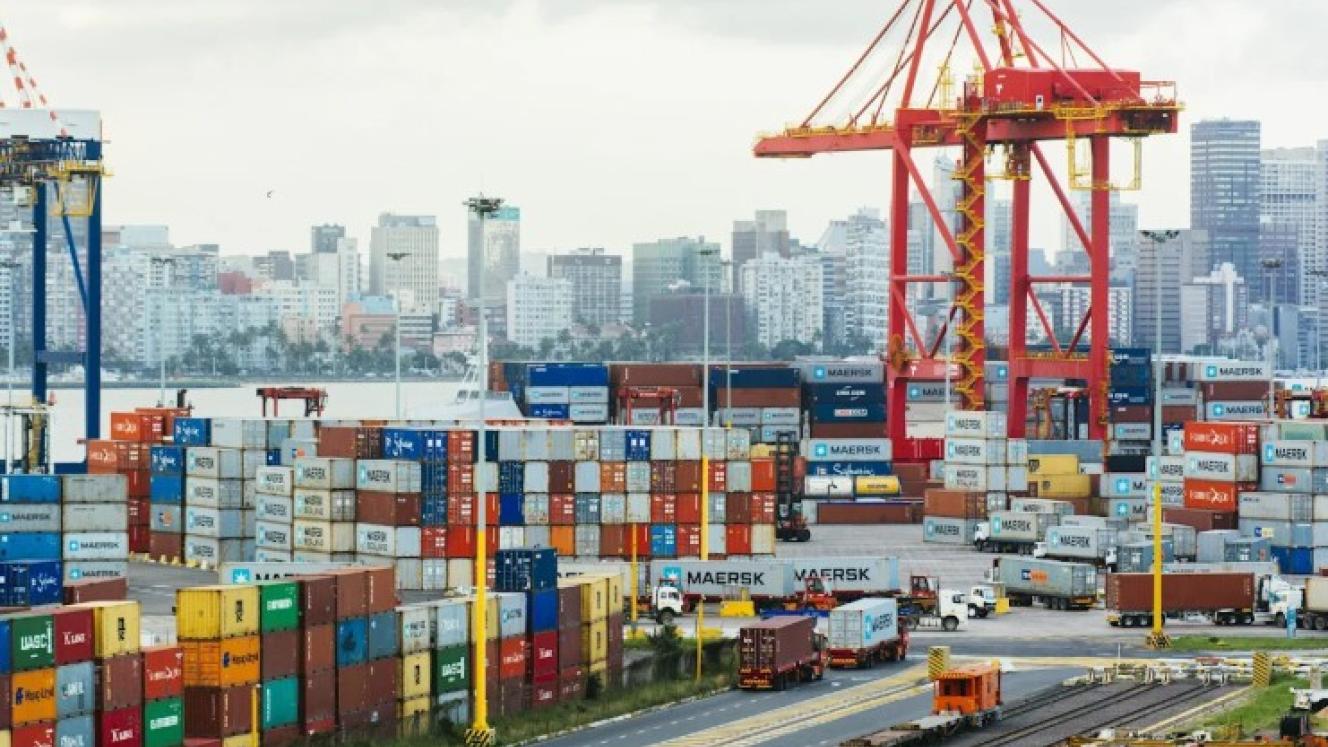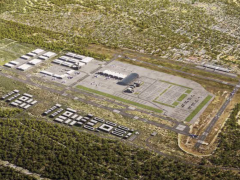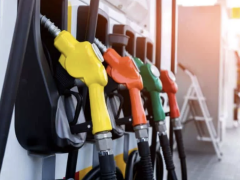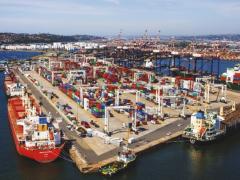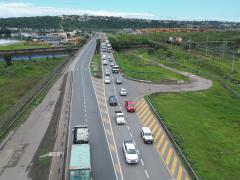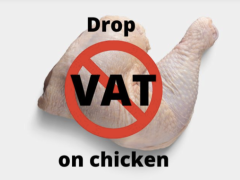Environmentally hazardous truck-driver behaviour in the sensitive border area of Komatipoort is the responsibility of the Border Management Authority (BMA) to police, assistant commissioner Mmemme Mogotsi has confirmed.
This, she said, after Kevin van der Merwe, acting CEO of the Road Freight Association (RFA), assisted in clearing up uncertainty over whose responsibility it was to combat an old problem on the banks of the Komati River – mine-soot pollution from the buckets of ore trucks.
He said as far as the RFA was aware, South Africa’s land borders had a 10-kilometre radius that became the jurisdiction of the BMA when it was officially launched in October 2023.
Mogotsi, who was unaware of the problem, confirmed this, saying that the BMA had the power to enforce various laws applicable to the area under its control.
She added that, where possible, the BMA “should engage with the relevant stakeholders to act within the border law enforcement area”, such as traffic officials and police.
Responding to the frustration of the Komatipoort community about ‘black dust’ pollution on the side of the N4, Van der Merwe said it was something that ought to be addressed by law enforcement.
“It’s the same as a motorist throwing litter out of a car or someone stopping by the side of the road to throw away rubble. It’s illegal dumping and where a traffic officer or member of the police is present, the necessary action should be taken.”
But for the residents of Komatipoort, the pollution has become a source of ongoing frustration as they have seen no real action against the practice.
Cobus Botha, head of the local Nkomazi East agricultural association, said tippers returned from the Port of Maputo having offloaded mined commodities like coal, manganese and chrome.
To re-enter South Africa they must comply with open-trailer protocol to show border authorities that they are not smuggling any goods back into the country.
Mogotsi said this was the primary function of the BMA, to oversee the actual legal functioning of the border control zone itself, whereas traffic officials and police were expected to perform their functions as usual within a border’s wider radius.
Problem was, said Botha, once the tippers had passed through Lebombo Border Post, they drove a few kilometres along the N4 where they tipped their buckets on the side of the highway to put the tarpaulin covers back on.
“It’s been going on for years. The filthy black ash and dirt that slides out of the buckets contain hazardous compounds from the ore they’ve carried. It ends up in our ground water, the same water we use to irrigate our citrus orchards.
“Or it ends up in the river, becoming an environmental health hazard. When the wind blows it, the soot spreads, posing a health risk if inhaled. We’ve done everything conceivable to address it, without any luck.”
He said they had once approached the ‘Green Scorpions’, who said it was not their jurisdiction.
Previously, they also reported it to the Department of Forestry, Fisheries and the Environment (DFFE), to no avail, Botha claims.
He said at the time they reported the pollution, the current Minister of Transport, Barbara Creecy, was still heading up the DFFE.
“Nothing happened then so we can’t see why anything should happen now that she’s minister of the industry directly responsible for soiling an area they merely drive through.”
Van der Merwe said the Komati community should go the relevant authorities, the provincial traffic authorities, the SA Police Service and the BMA to do what was necessary.
Asked to comment on Botha’s contention that Trans-African Concessions (Trac) was partly responsible because of its N4 toll-road administration responsibility, Van der Merwe said that was not the case.
“Trac’s just overseeing the corridor to the port. They’re not responsible for law enforcement.”
A resident who used to be a traffic officer in the area and asked not to be named, agreed saying, “It’s a useless situation”.
“Traffic officers sit in their cars and sleep while truck drivers do whatever they want at the border.”
He said this had been the case since Lebombo became one of the country’s busiest ore borders because of an increase in bulk loads going to Maputo.
Mogotsi invited Komati’s business community, consisting mainly of farmers and tourism professionals, to put their complaints in writing “so the BMA can take this matter to the relevant stakeholders”.
“Environmental pollution isn’t necessarily our jurisdiction and the disposal of waste isn’t necessarily our direct jurisdiction, but on border movement and cross-border activities we can assist to jointly address this issue with the trucking companies.”
Botha said: “We’ve lost track of all the letters we’ve written to various government agencies to assist.”
An independent public health source approached for comment said chrome dust contained compounds such as hexavalent chromium, which was highly toxic and carcinogenic.
Health hazards include respiratory tract irritation, lung inflammation, skin ulcers and increased risk of lung cancer with long-term exposure.
Other compounds include trivalent chromium and various organic and inorganic substances.
Exposure often arises from inhalation of fine particles, leading to DNA damage, cancer, and skin conditions.
Coal soot contains carbonaceous particles along with hazardous polycyclic aromatic hydrocarbons (PAHs), sulphur dioxide, nitrogen oxides and heavy metals.
PAHs are carcinogenic and can cause respiratory diseases, cardiovascular dysfunctions and systemic inflammation.
Coal soot also comprises particles small enough to penetrate deep into the lungs, leading to chronic health effects.
Manganese dust contains metal particles and oxides that are toxic when inhaled in high concentrations.
Health impacts include lung irritation, pneumonia and neurological effects such as ‘manganism’, with symptoms like Parkinson's Disease, and possible reproductive toxicity.
Manganese dust can be flammable and produce poisonous gases when burning.
Freight News has seen visual evidence of trucking companies dumping ore dust on the side of the N4. We will reveal the names of these companies once we have received their comment.
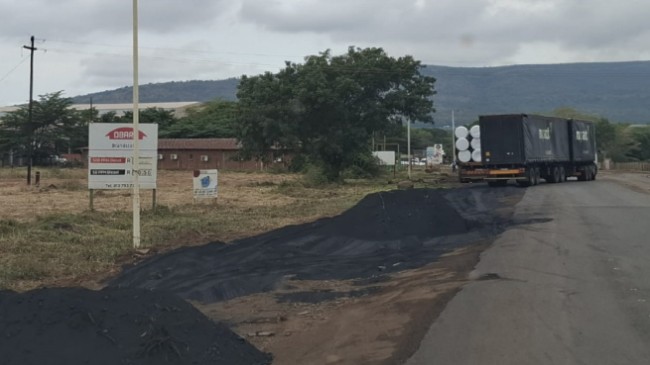
In a previous image from the same issue piles of soot lie on the side of a road frequently used by trucks driving through Komatipoort.
